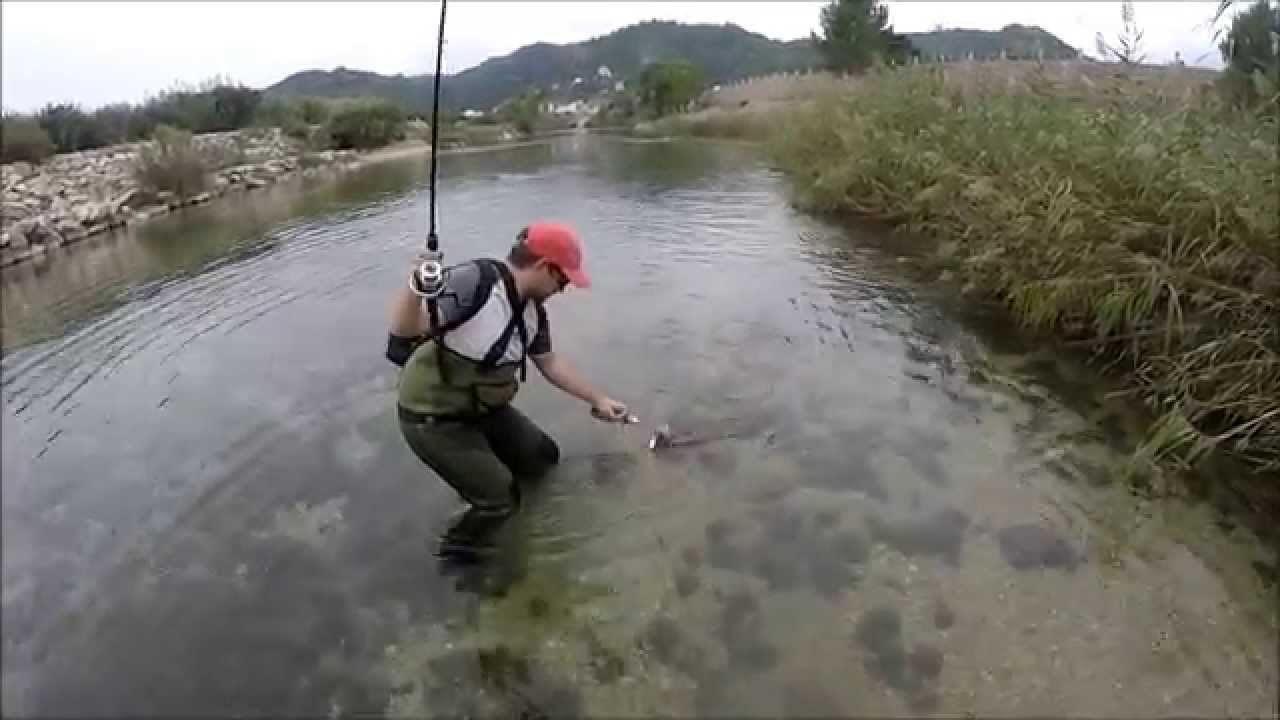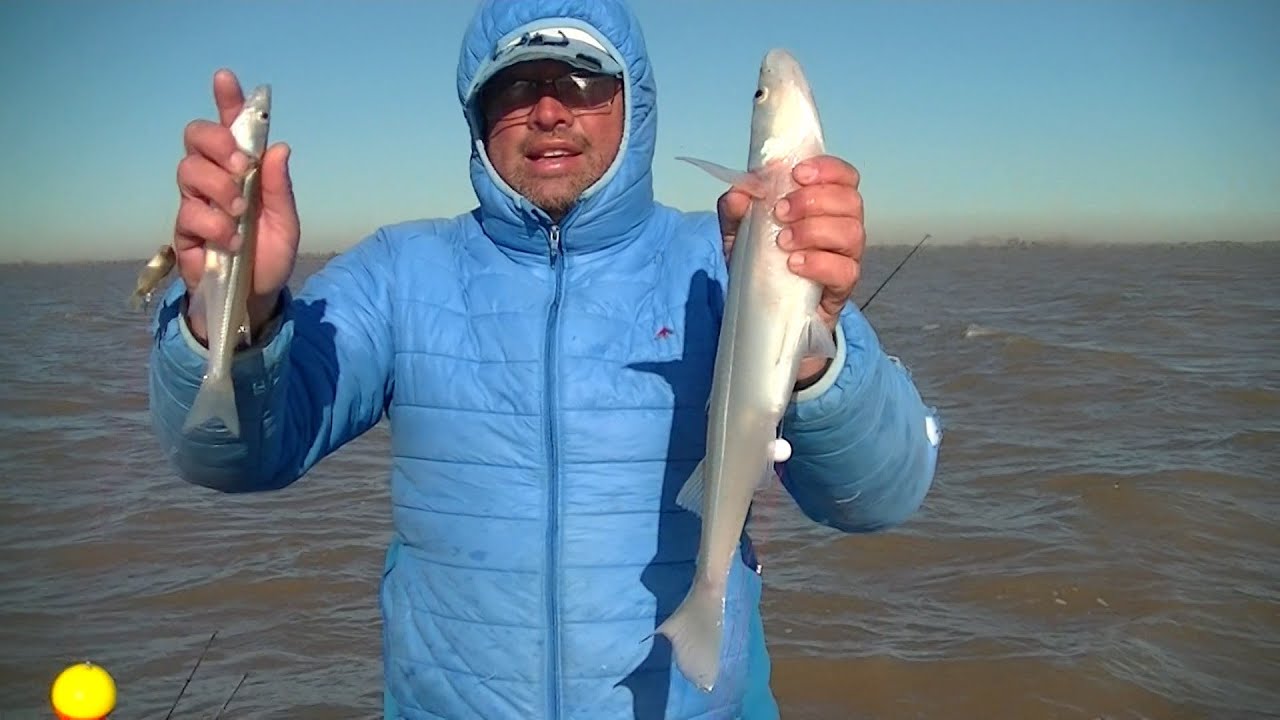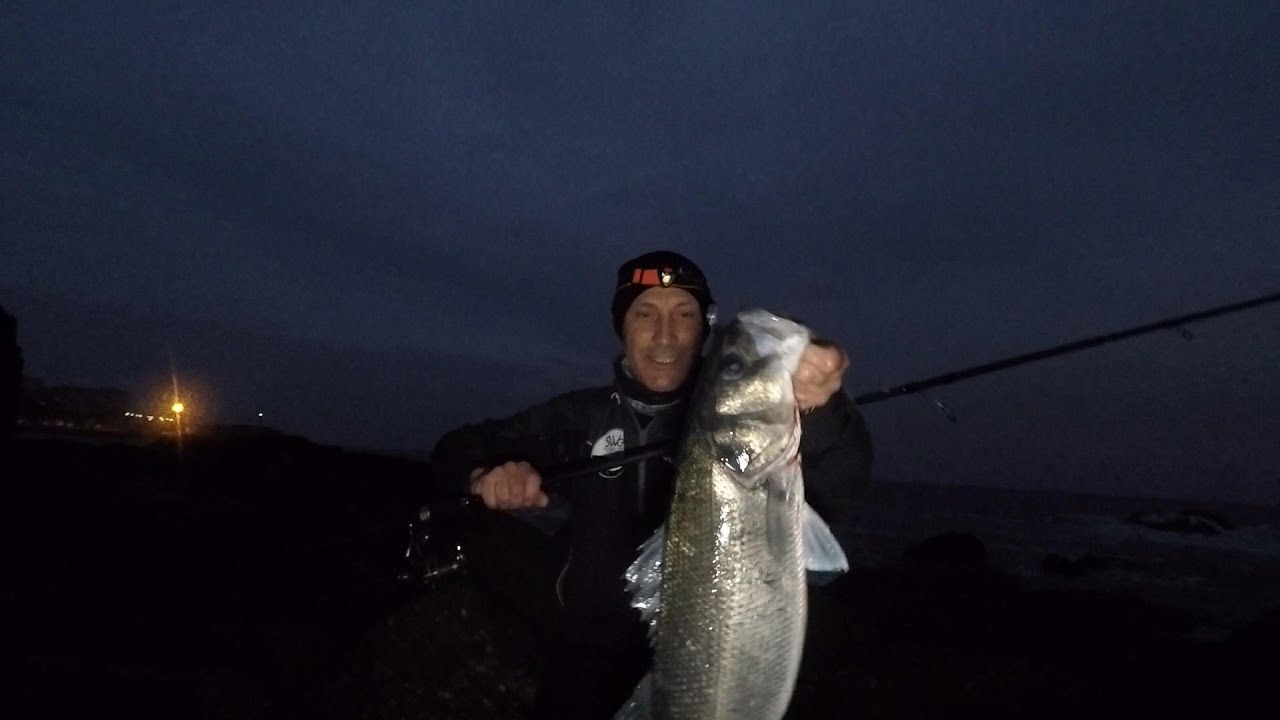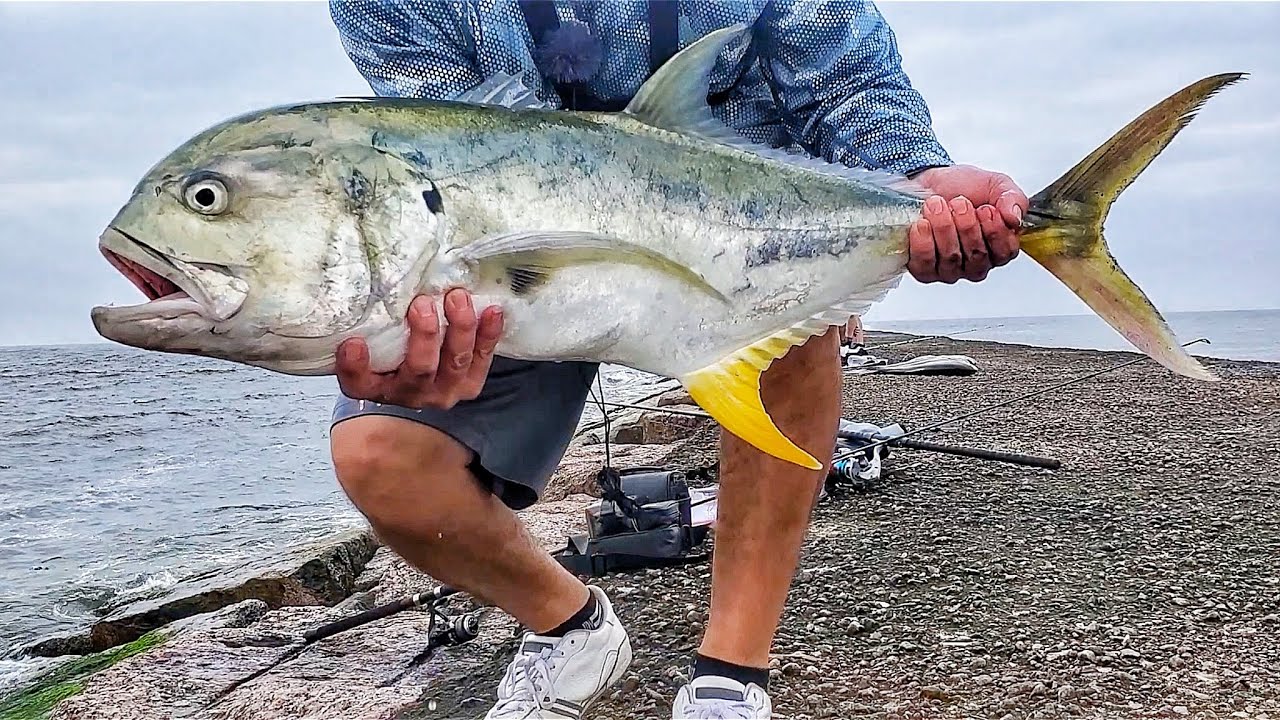Among the fishing to provide food we find two types, the artisanal fishing and commercial using trawling. Both have a common purpose: the capture of species for sale and consumption. However, their similarities would end there because each one uses specific arts, among other characteristics that make them very far from each other.
Let's review some aspects of this type of fishing and how each one is seen according to the function they fulfill in the world of professional fishing.
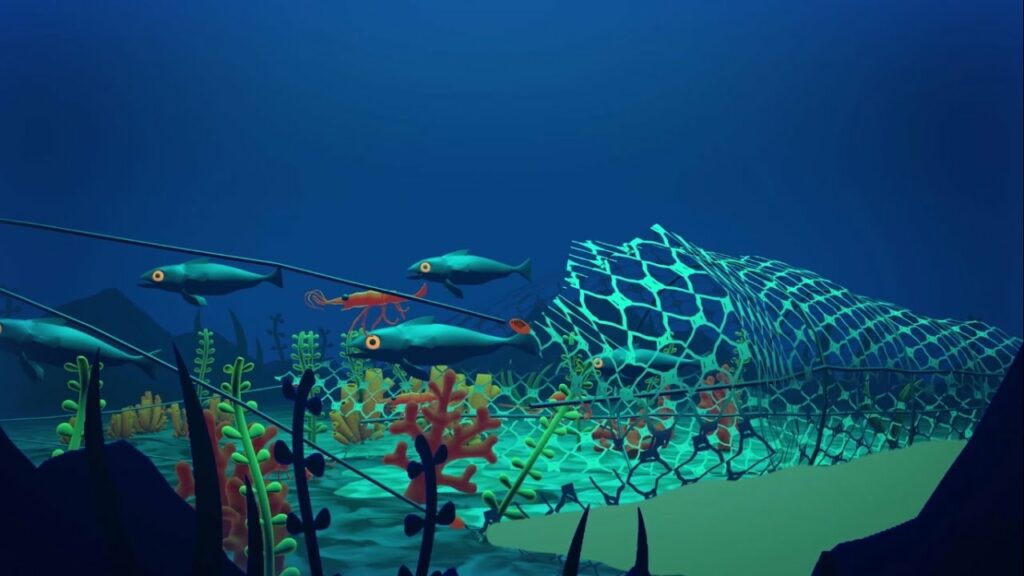
Artisanal fishing against trawling
It can be considered both freckles like professional type, this because the objective is not recreation or fishing for sports purposes. Contrarily, the fishing of both seeks to make a profit from it, this at a commercial level.
Artisanal fishing
We speak in this case of a traditional fishing, that carried out by the fishermen of a sector in order to meet both their food and commercial needs, but this on a smaller scale. The sale of fish by this category of fishermen is local type.
Thanks to artisanal fishing, homes and some restaurants near the coast can obtain fresh, regional fish, without high costs and obtained with sustainable fishing.
Artisanal fishing is generally done using fishing nets that allows coastal or even freshwater fishermen to capture the sizes and units required for daily consumption. Without much waste and without sacrificing small fish or species that are not of interest.
Technology does not have a great role in artisanal fishing, being more the experience and what has been inherited by generations what truly defines this art.
trawling
We are now talking about a large-scale commercial fishing. Trawling is one of the most controversial practices at the moment of commercial/industrial/professional fishing.
El trawling consists of a net, which can be kilometers long, weighted and sweeps the seabed in search of various species of fish and other sea creatures. Together with drift fishing, it is considered one of the most damaging to ecosystems.
One of the reasons why it is considered harmful fishing is because it does not discriminate in the type of species that is caught. As it is not selective, endangered species or species that will not be consumed and that die without the opportunity of being detected in time can be trapped in the network.
There are various types of drag: Of broadside, aft, frozen, among others. Each one seeks to make the start of the trawl and the recovery of it in a certain way.
this fishing requires boats with powerful engines that allow the drag action to be carried out on the seabed, with heavy nets that must battle against the pressure of the water, the catches and the dimensions of the structure itself.
It is an aggressive fishing that various organizations and governments try to control, but for obvious reasons it is productive for the industry.
